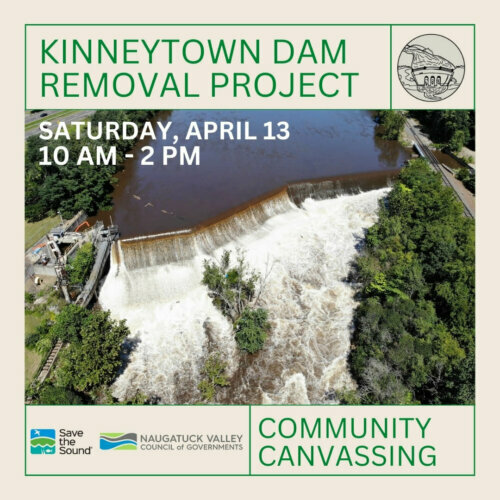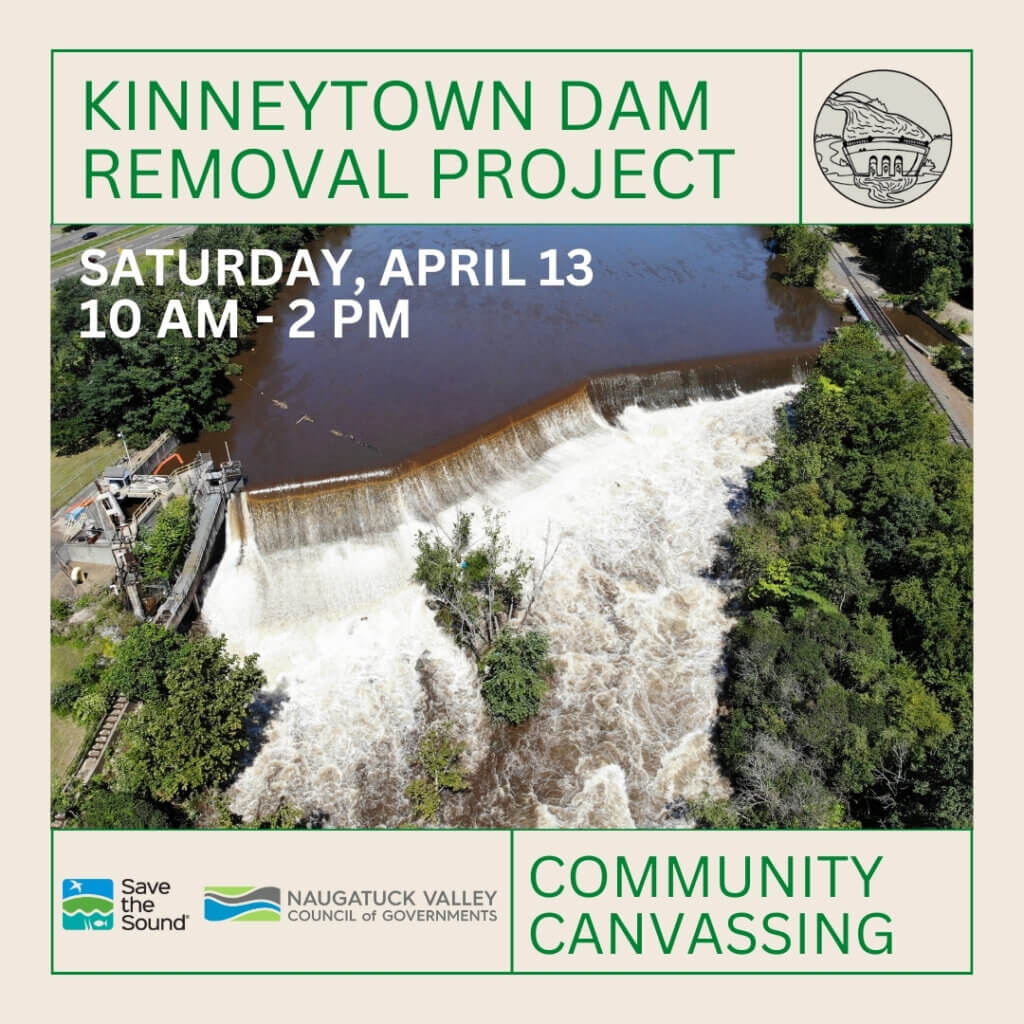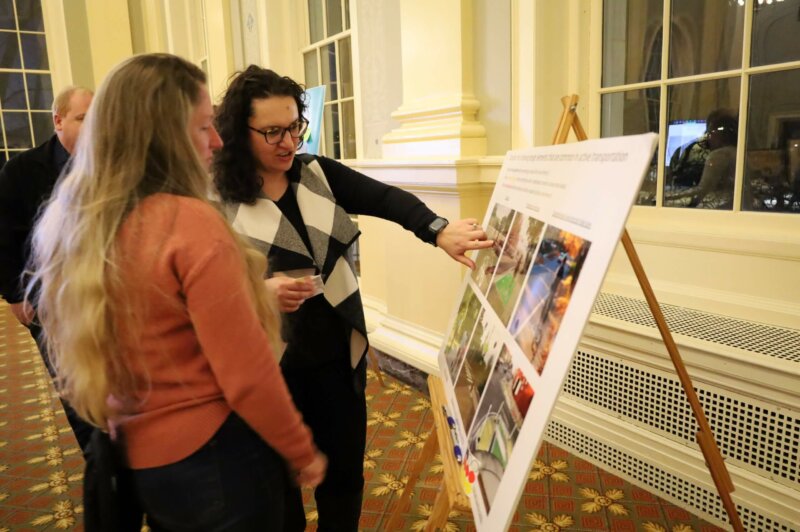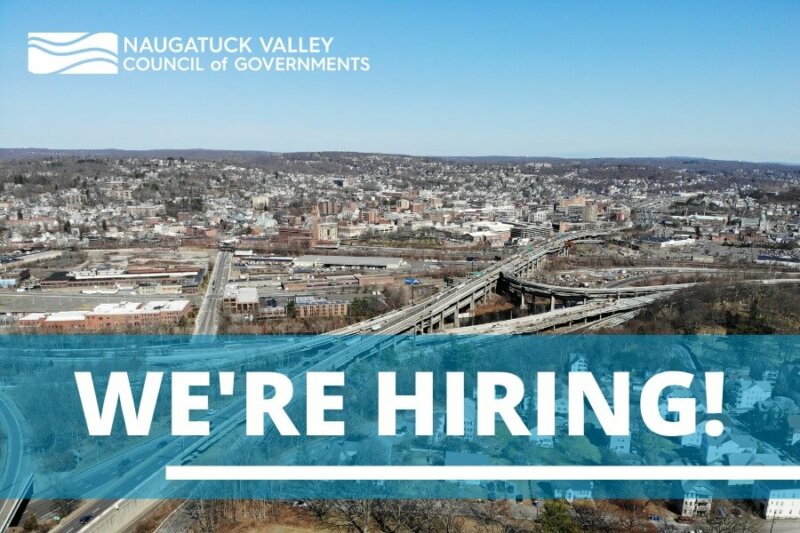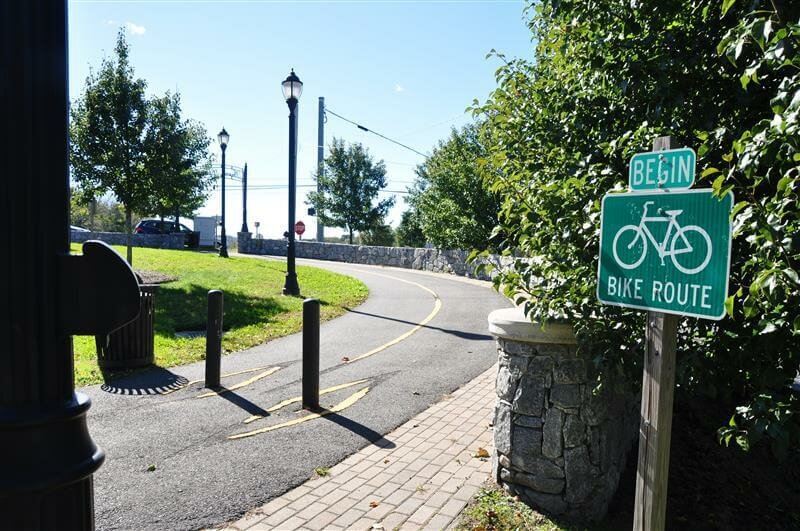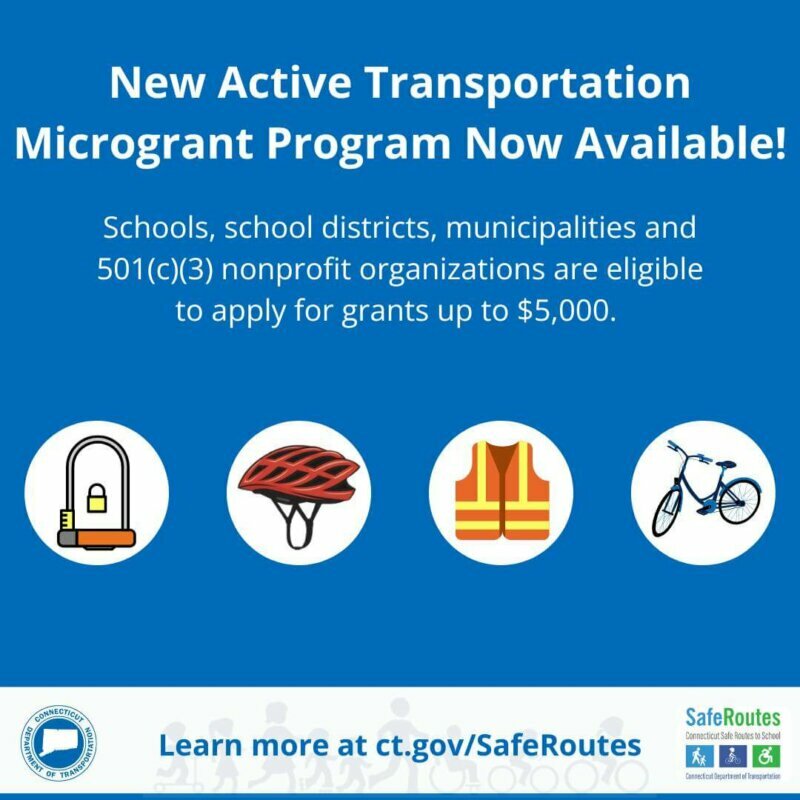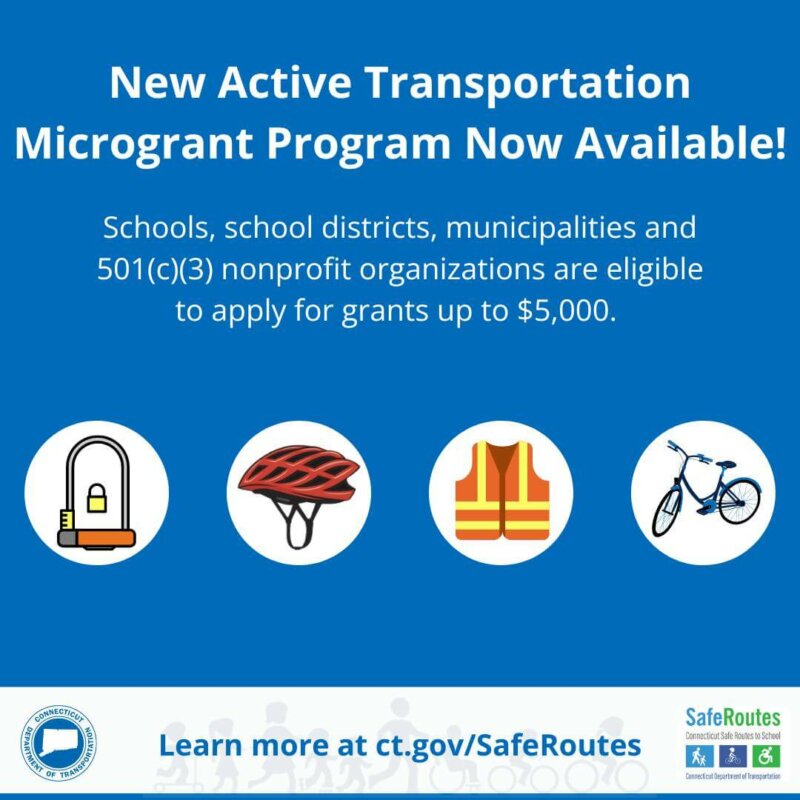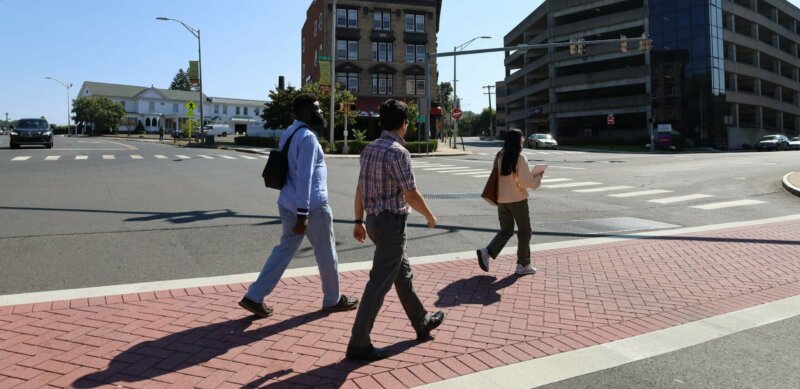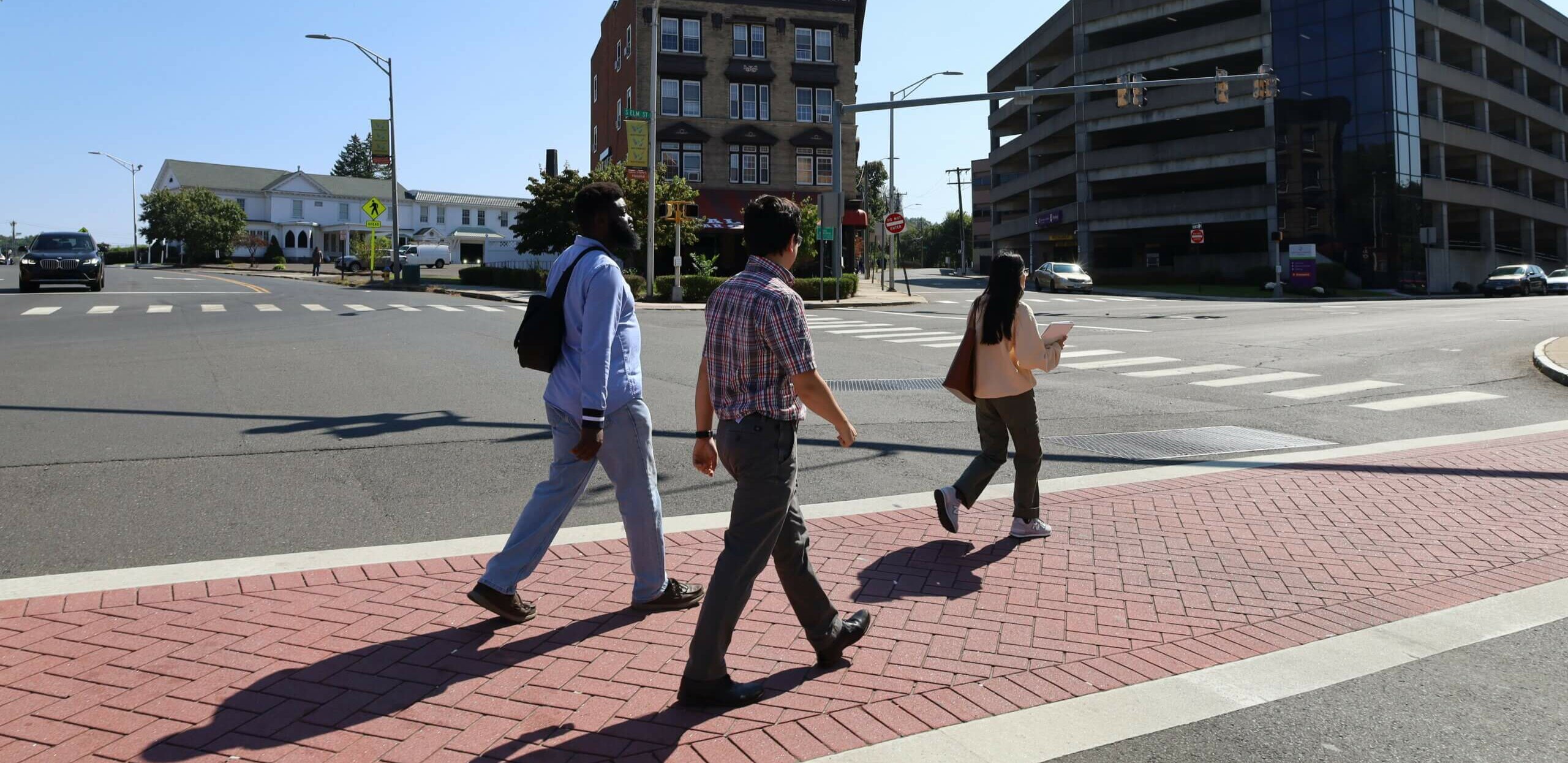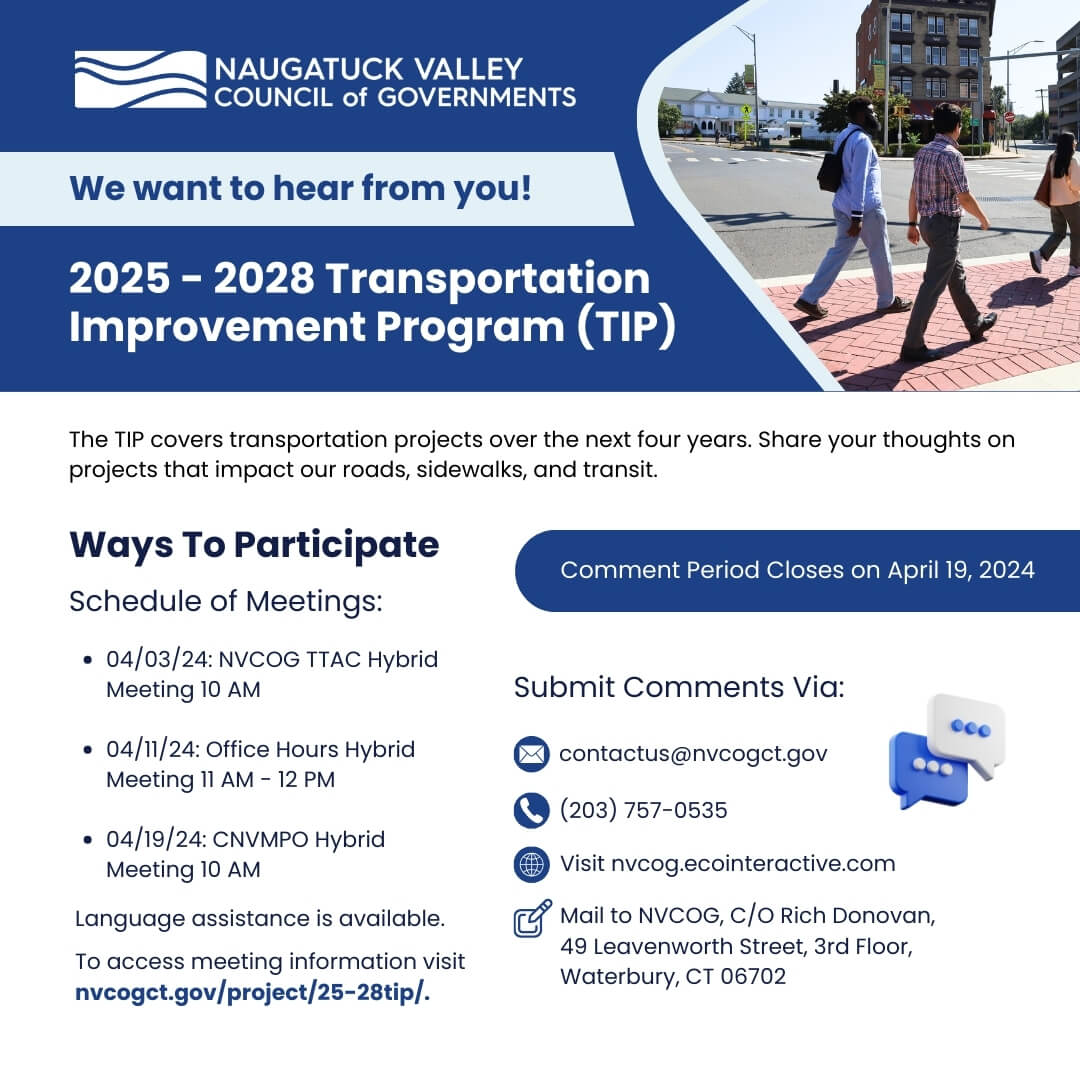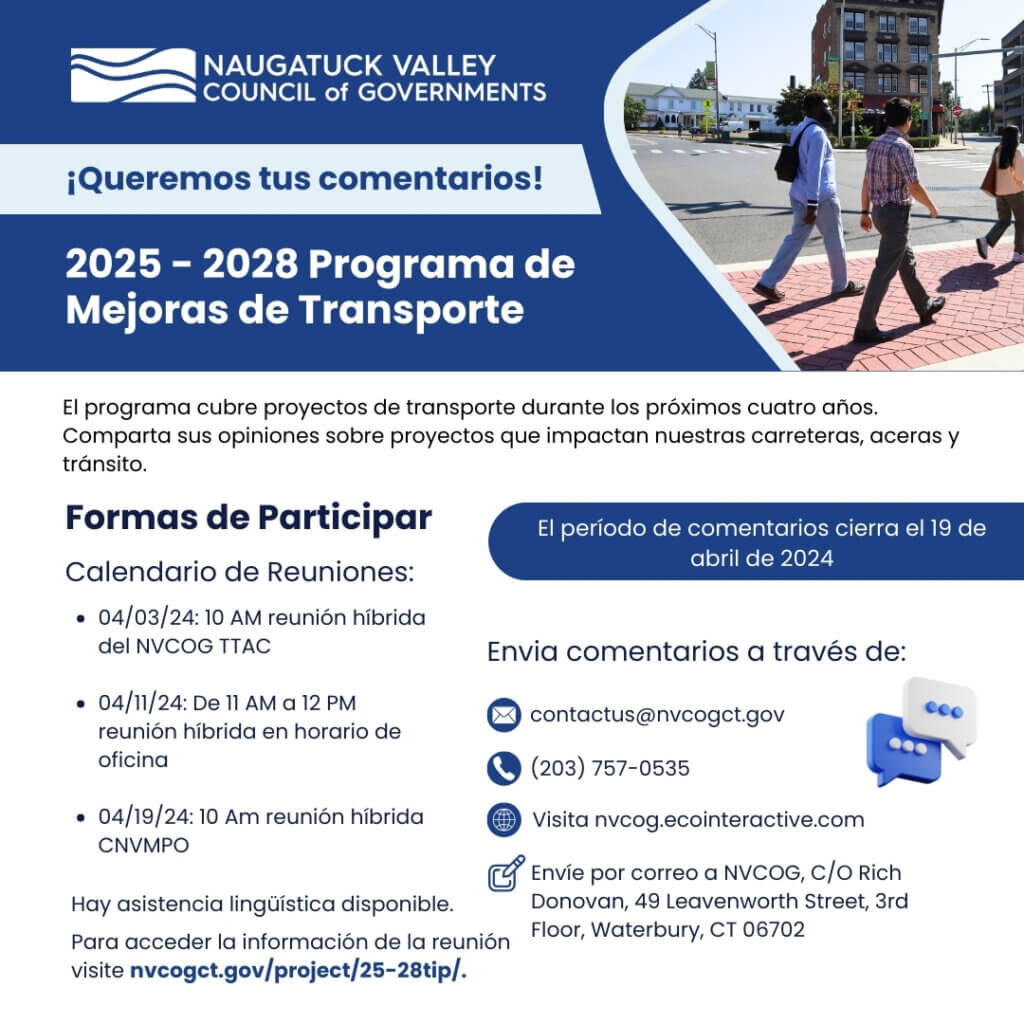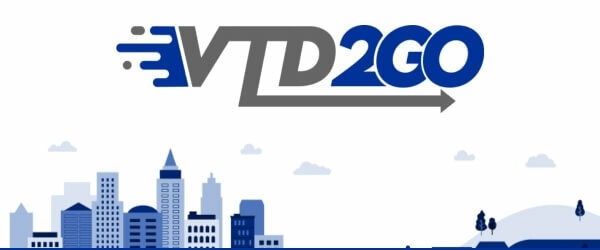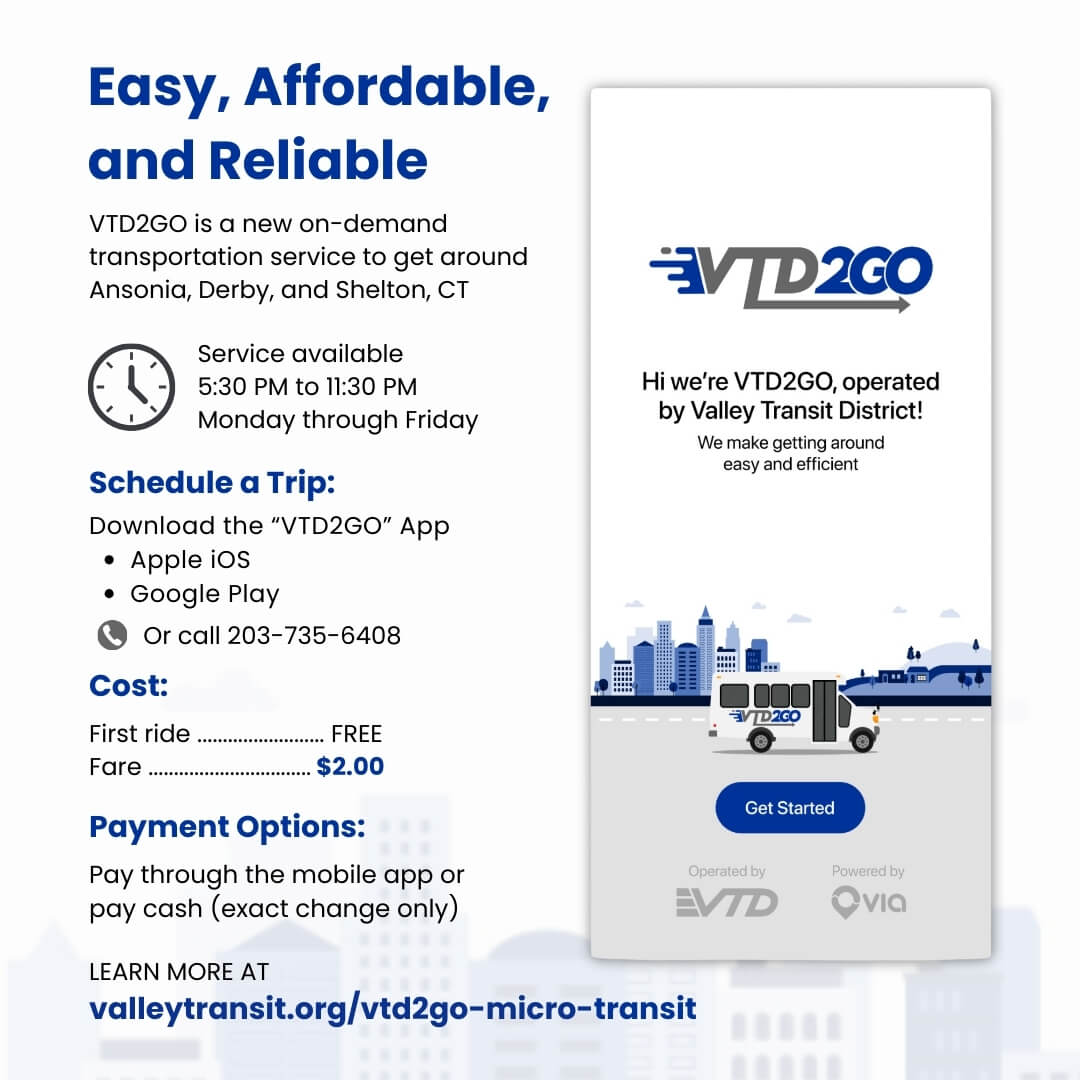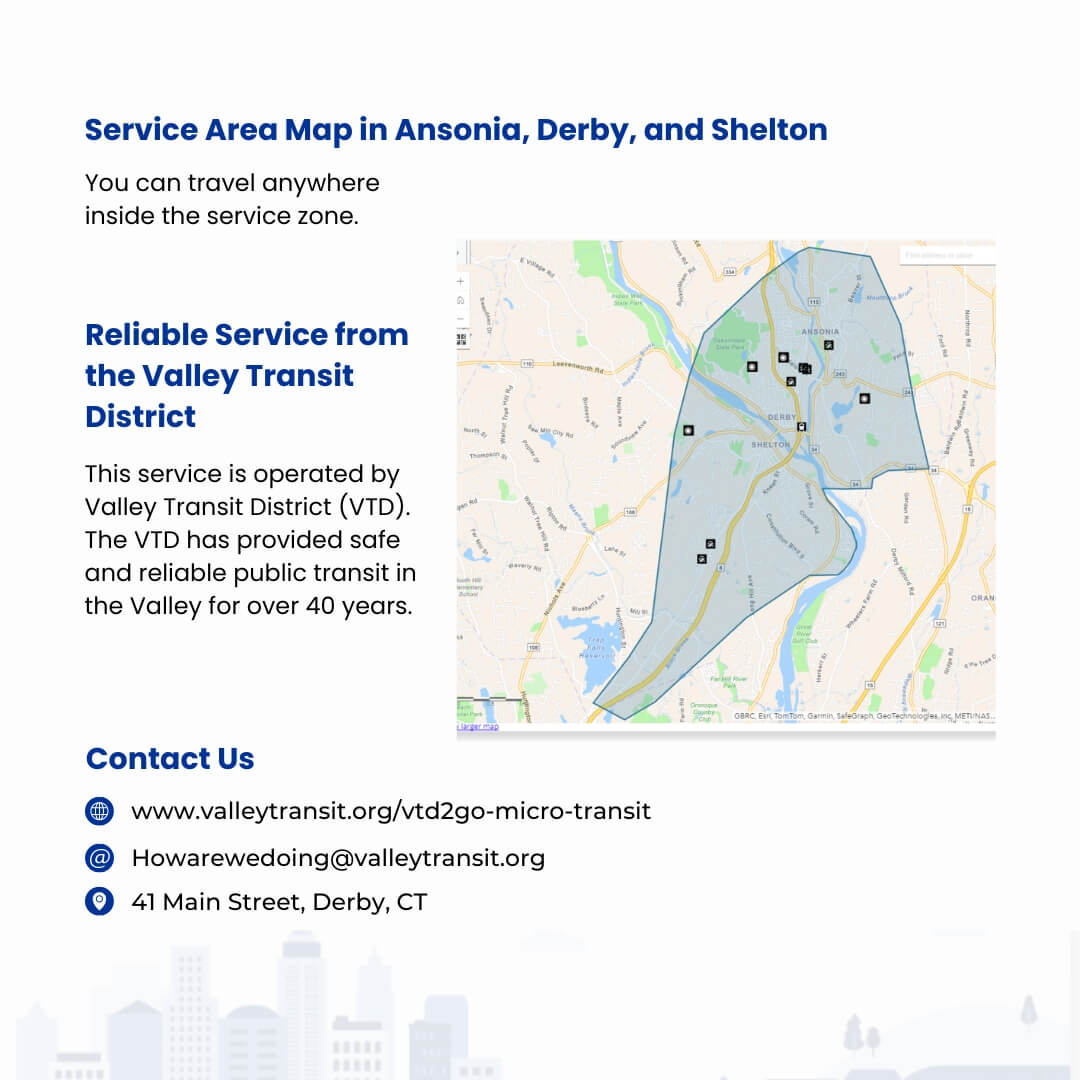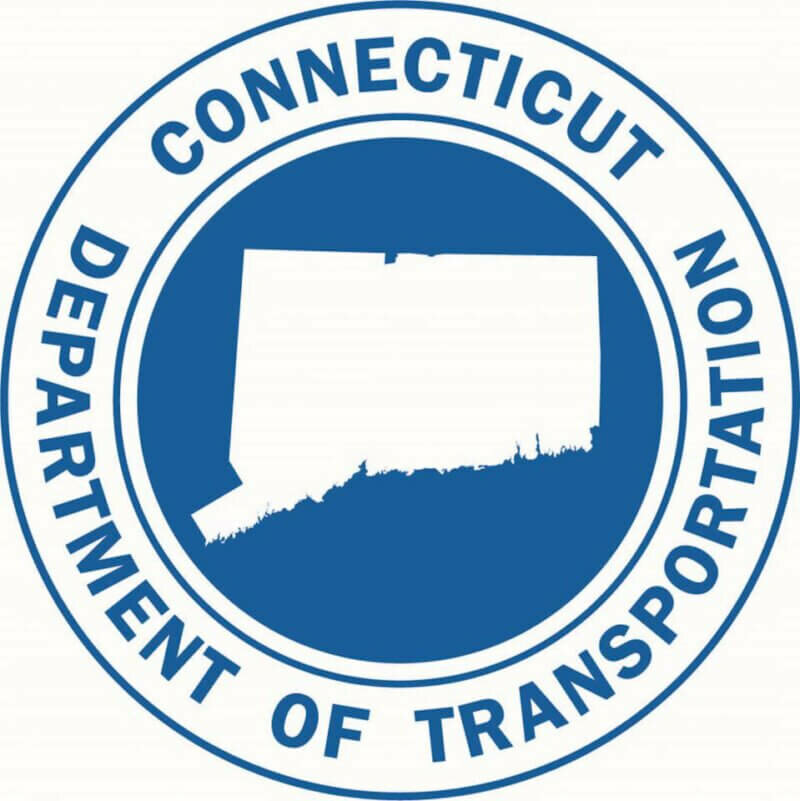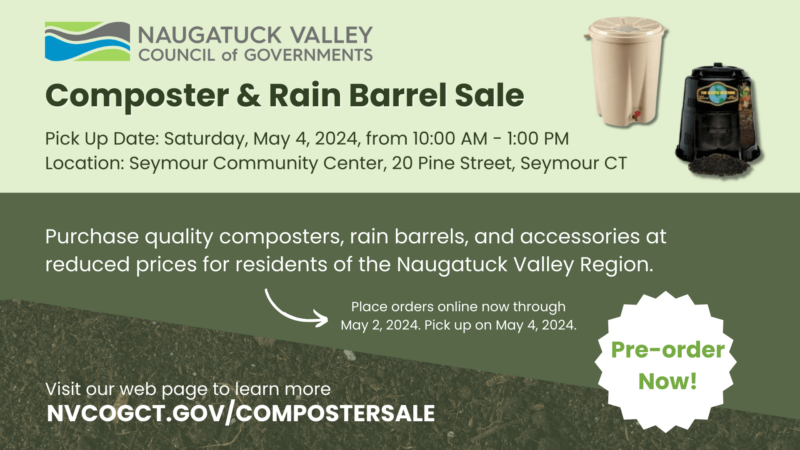FOR IMMEDIATE RELEASE: April 8, 2024
Contact:
Desira Blanchard
Naugatuck Valley Council of Governments
203-489-0353
dblanchard@nvcogct.gov
In-Person and Virtual Public Meetings Scheduled to Discuss Active Transportation Plan for the Naugatuck Valley
(Waterbury, CT) – The Naugatuck Valley Council of Governments (NVCOG) will be hosting two upcoming public meetings as part of an ongoing series to gather additional input for the development of the Naugatuck Valley Active Transportation Plan (NVATP). The NVCOG invites residents, business owners, transportation advocates, and local officials to participate.
An in-person meeting is set to take place on Tuesday, April 23, 2024, at 6:00 PM in Bristol Public Library’s Meeting Room #2, located at 5 High Street, Bristol, CT 06010. This gathering will feature a charrette which is an interactive workshop that allows participants to collaborate with professionals, share ideas, and explore innovative solutions. During the session, the NVCOG staff will provide an overview of the NVATP, and participants will have the chance to actively participate and contribute their ideas, suggestions, and concerns to help shape the plan. Pizza and refreshments will be available. RSVP by emailing Desira Blanchard at dblanchard@nvcogct.gov.
A virtual meeting is scheduled for Tuesday, April 30, 2024, at 6:00 PM on Zoom. Join the meeting by using the link at https://bit.ly/3TQVLJq. Individuals with limited internet access can listen to the meeting by calling +1 929 205 6099 and entering the Meeting ID when prompted: 838 1800 0864.
The purpose of the Naugatuck Valley Active Transportation Plan is to create a multi-modal framework that encourages and accommodates various forms of non-motorized transportation, including walking, rolling, cycling and other active modes. Once completed, the plan will serve as a comprehensive roadmap to help guide future infrastructure investments that improve the access, comfort and safety of pedestrians and cyclists.
The NVCOG has released an online survey to examine habits, preferences, and challenges to walking/rolling and cycling in the community at https://arcg.is/yKyKW. Residents of the Naugatuck Valley planning region are strongly encouraged to participate.
Language assistance is available to the public at no cost. For language assistance requests contact Desira Blanchard, Communications and Community Engagement Coordinator with the Naugatuck Valley Council of Governments, at dblanchard@nvcogct.gov or at 203-757-0535. Requests should be made at least 5 business days prior to the meeting.
To learn more about the Naugatuck Valley Active Transportation Plan and stay engaged in the process, visit https://bit.ly/NVActiveTransportationPlan.
Event Flyer April 23, 2024 (PDF)
Event Flyer April 30, 2024 (PDF)


